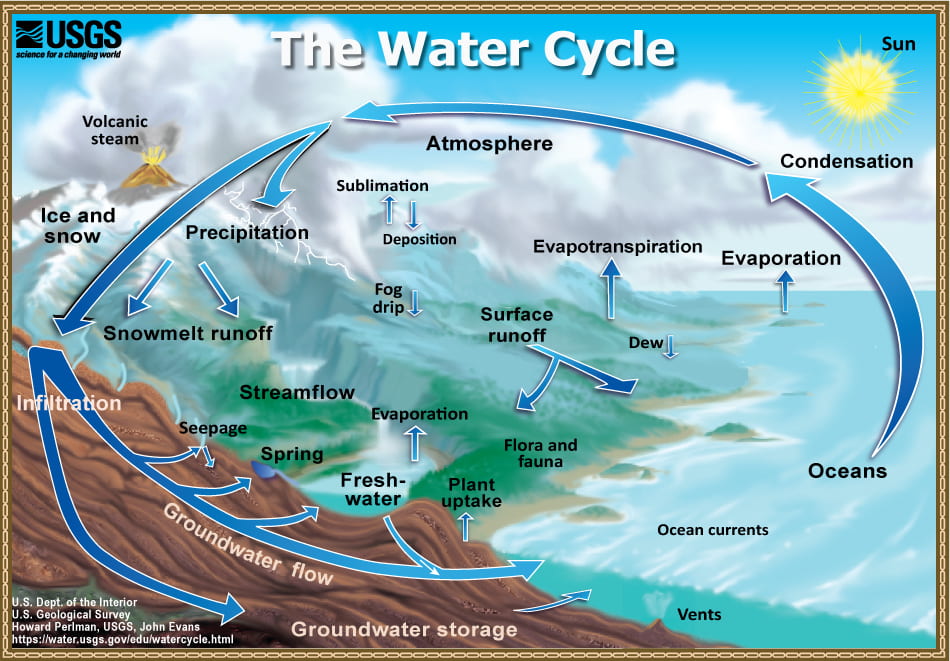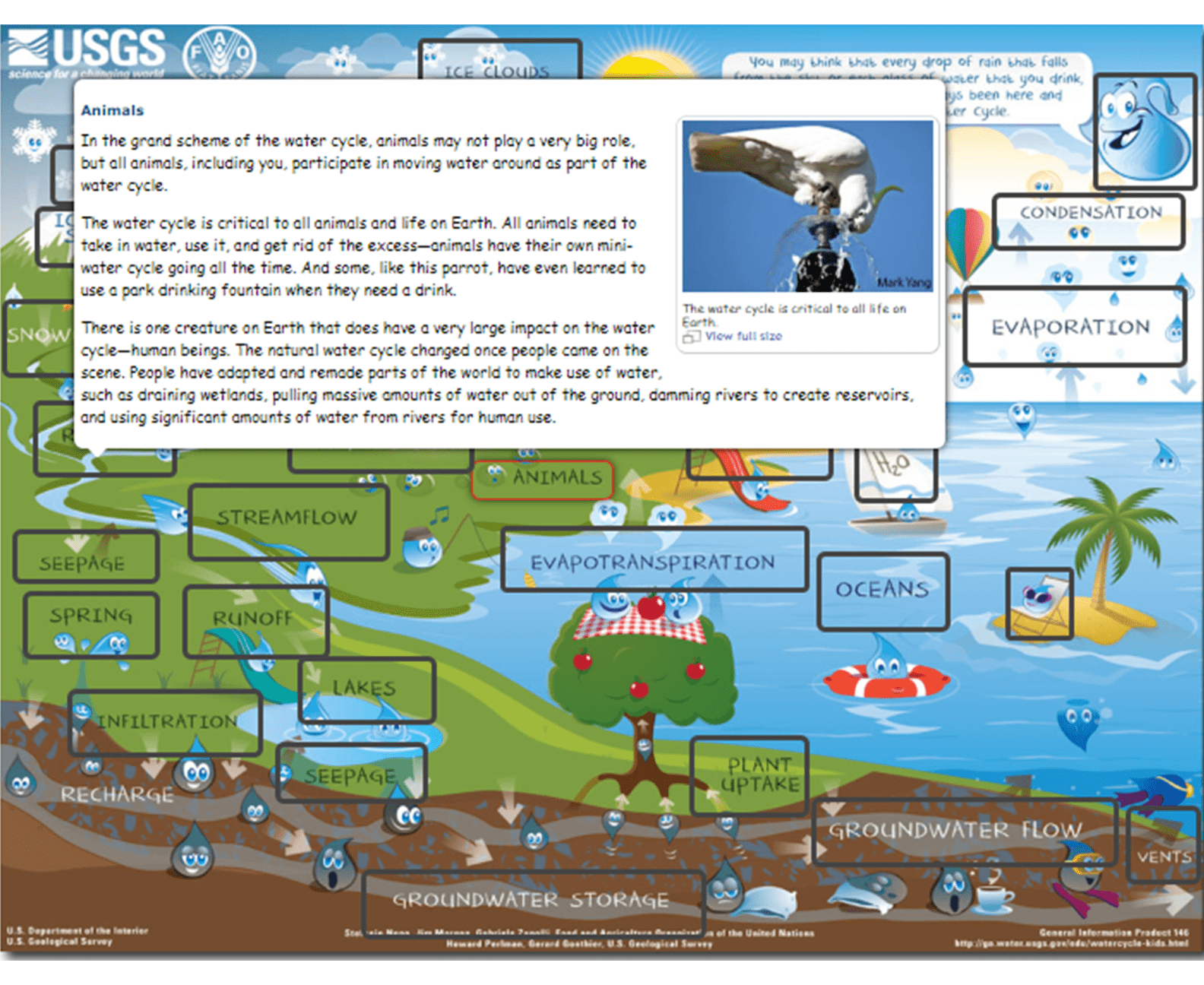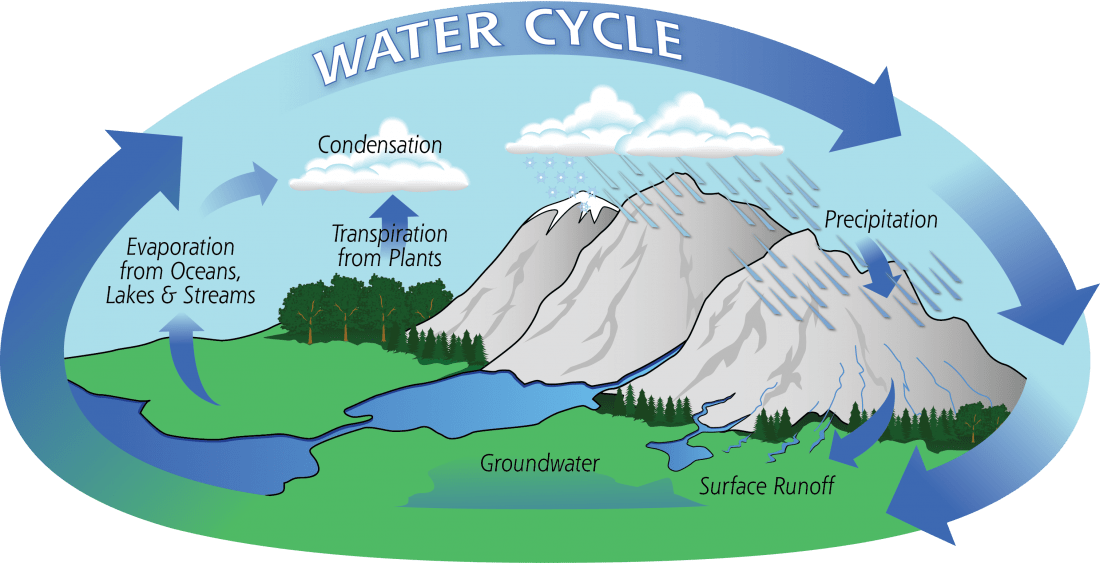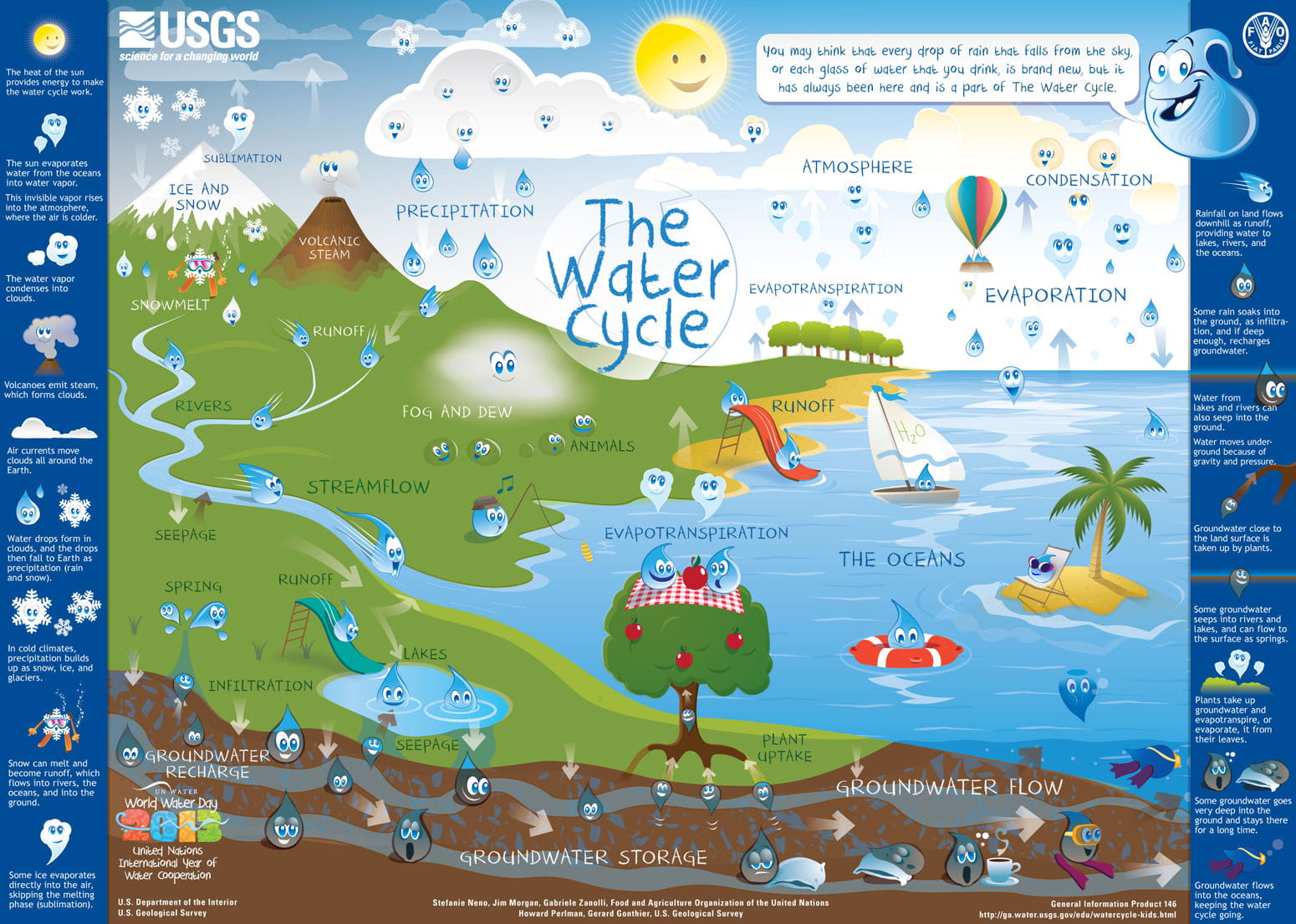By Luna Sarti
Water is today a matter of growing concern. If in certain parts of the globe there is less and less water, other parts seem to have just too much. Extreme weather events, sudden floods and intense drought continually orient our attention toward the shifting ecologies of water and land. Rising sea levels and dropping water tables highlight how labile such distinction is, thus troubling our sense of the appropriate place and behaviors we expect from water. Furthermore, stories of flooding and contamination unsettle our classification of water into good and bad waters while revealing our expectation for ‘pristine water’. But how do we come to develop such distinctions and expectations? How do representations of water contribute to developing specific conceptions of what water is or should be?
If scientists and hydrologists are now attempting to elaborate new models for understanding water movements and for protecting fresh water, anthropologists, philosophers and historians increasingly criticize such models. Scholars such as Ivan Illich and Christopher Hamlin stress how Western modern accounts of water movements have systematically erased those biological interactions that continuously re-make watery matters. The scholar Jamie Linton captures the implications of such practice in his book What is water (2010):
As the dominant epistemological mode of Western culture, scientific practice has produced a distinctive way of understanding and representing water that makes it appear timeless, natural, and unaffected by the contingencies of human history. (74)
That our models for water are informed by conceptions of “unaffected nature” as much as by those of order and balance is quite evident. Most diagrams which are used in education and public outreach continue to provide contemporary readers with pictures like the following:

Western thought has a long-standing history of such ways of understanding water movements and has struggled in the attempt to produce a timeless, regular, and pure model for waters, which erases most of its interactions with histories of hydrology, including (1970), seem to agree in identifying Aristotle’s Metereologica as a crucial text for the development of modern hydrology and of the water cycle tradition in Western culture. In the Meteorologica, Aristotle provides an overview of how different bodies of water are connected as well as why they are different, thus developing a model accounting for such classification as well as for the movements of water. which shape Aristotle’s chain of events causing the continuous water movements between springs, rivers and the can be assimilated to the modern conceptions of evaporation and gravity.
This cycle of changes reflects the sun’s annual movement: for the moisture rises and falls as the sun moves in the ecliptic. One should think of it as a river with a circular course, which rises and falls and is composed of a mixture of water and air. For when the sun is near the stream of vapour rises, when it recedes it falls again. And in this order the cycle continues indefinitely. And if there is any hidden meaning in the ‘river of Ocean’ of the ancients, they may well have meant this river which flows in a circle round the earth. (347 a 1-8, Translated by H. D. P. Lee)
In following Aristotle, natural philosophers and theologians continued to struggle to produce all-inclusive models that would accommodate the movement and nature of water in representations while respecting principles of order and linear causality. Yi-Fu Tuan, the geographer known for his contribution to the development of the concept of place, considered Aristotle’s analysis the first instance of the process that has led to the construction of hydrological models since. In his The Hydrologic Cycle and the Wisdom of God (1968), Tuan describes how there were in the West two major competing paradigms of water circulation throughout the Middle Ages and the modern era. Both these paradigms rely on the concept of a balanced system of flow that connects rain, rivers, and the sea while identifying respectively the sea or rainfall as the origin of rivers and springs. While one view corresponds to our modern understanding, the other, which he named the “reversed cycle”, explained springs and rivers as being the output of underground channels that are connected to the sea. Both these views are mentioned by Aristotle and the reversed cycle continued to be popular well into the eighteenth century. Although responding to different origin points and dealing with increasing levels of complexity, all of the models identified in these histories of the water cycle conform to similar parameters in producing knowledge by reducing a variety of phenomena to an exhaustive view. Despite their attempt to be all-inclusive, these models are constructed on the assumption of human non-interaction with water.
Today, some scientists work on and with hydrological models that do not strive for the order and linear causality that informed the history of hydrology. In his recent article, published on WIREs Water, Christopher J. Duffy, Professor of Civil Engineering at Penn State, states that “the hydrological cycle is hardly a cycle at all”, but rather “a complex system with many interacting states, mostly unmeasured.” One might question what the role of humans in this picture is.
Histories of hydrology are in fact often the histories of how humans thought water would move had there been no humans at all. Dams, industries, breweries, agricultural systems, urban waters, farms: they never figure into those models, although humans as well as all animal and vegetal earthlings extract water from hydrological systems. In these models, human extraction is limited to primary physiological processes such as drinking and transpiration, which shape the relationship between living beings and water. Interestingly, while animals or flora and fauna have made their way into diagrams produced by the USGS for both children (fig.2) and adults (fig. 3), human social interactions with water are not included in visual renderings.

Even if there is the awareness of the role played by humans in the system of earthling waters, such role continues to be marginalized and hidden. interactive version (fig. 4) designed for advanced students includes animals in the picture, and there one finds a short note on humans, part of which states: “There is one creature on Earth that does have a very large impact on the water cycle—human beings. The natural water cycle changed once people came on the scene. People have adapted and remade parts of the world to make use of water, such as draining wetlands, pulling massive amounts of water out of the ground, damming rivers to create reservoirs, and using significant amounts of water from rivers for human use.”

“A very large impact” which is confined to a small note in educational discourse.
Today the question of water, which for so long troubled natural philosophers, poets and artists, emerges again as one of the most puzzling aspects of terrestrial life. On one side, anthropologists point to the co-construction of natural catastrophes by stressing the human role in the water cycle and thus in the interactions that lead to water scarcity or excess. On the other, while scientists struggle to include humans and society as one of the ‘states’ in the system, media and education material still feature diagrams and models that provide a sense of water as being separate from humans and within the realm of pristine nature.
We could ask how our present might be different had we followed epistemological models incorporating not only notions of complexity and disorder, but also biota, including humans. What would our present waters look like had the systems of water on earth never been reduced into orderly representations and ideas of pristine nature? How would we interpret and relate to water had we been aware that each and every one of our actions complicates and resets the system of earthly waters?
Luna Sarti is a doctoral candidate in the Italian Studies program at the University of Pennsylvania. She is interested in exploring how histories of rivers and humans intersect. Her current research focuses on the shifting cultures and practices of water that bound the Arno river in Tuscany, thus shaping not only the Tuscan landscape but also its history. This summer, as a Mellon PPEH Graduate Fellows, she worked on developing research strategies to assess and describe the entangled flowing of river waters. Luna earned an MA in Israeli Studies from the School of Oriental and African Studies (SOAS) in London and a Ph.D in Comparative Literatures from the University of Florence.
Featured Image: NASA, Diagram of the water cycle.





Leave a Reply